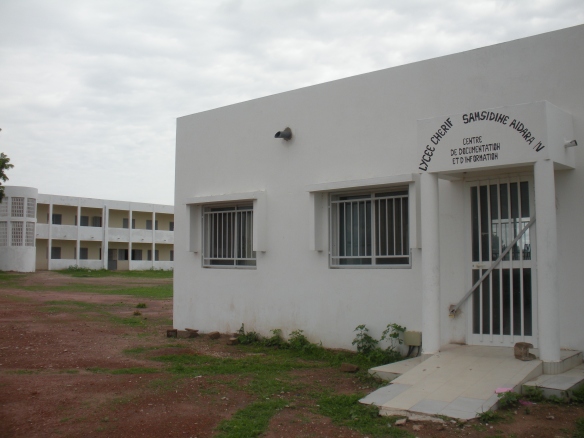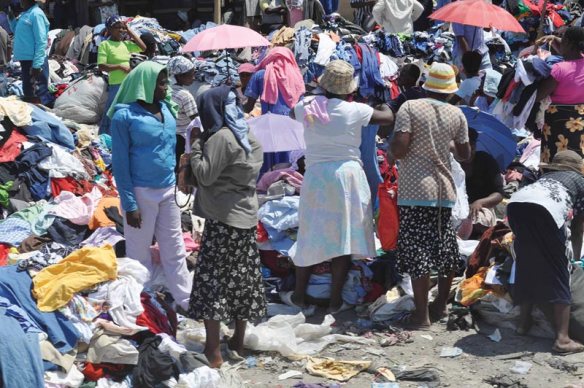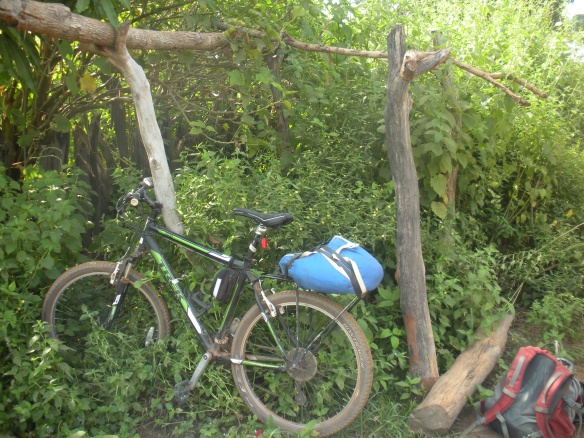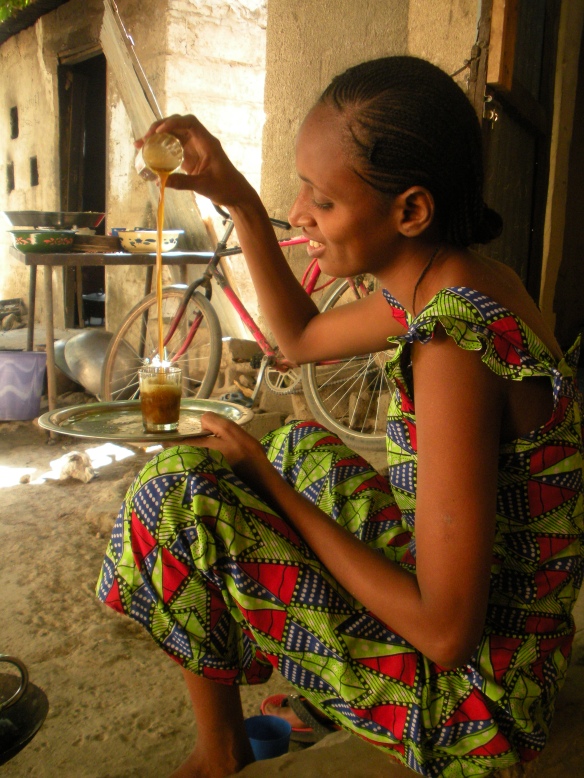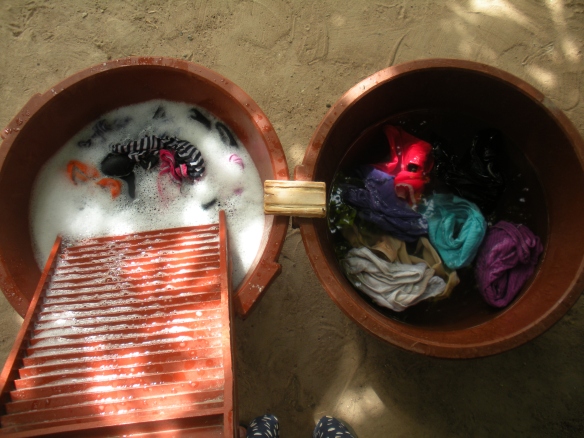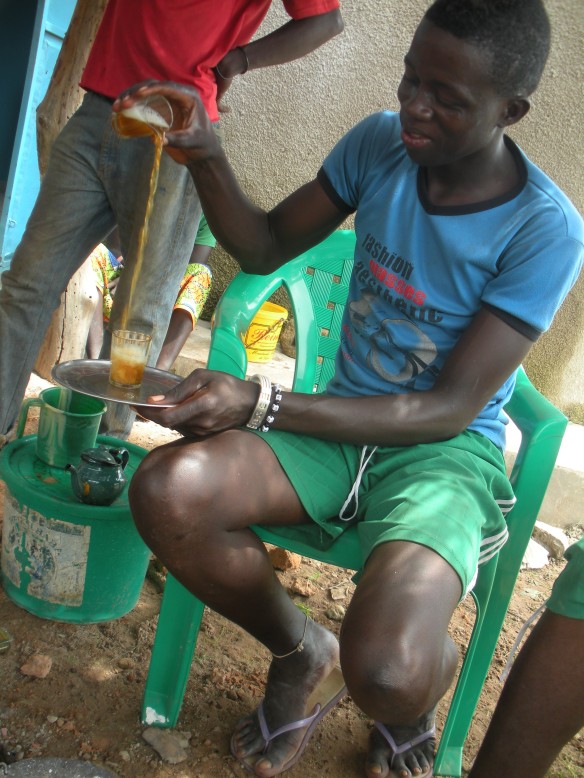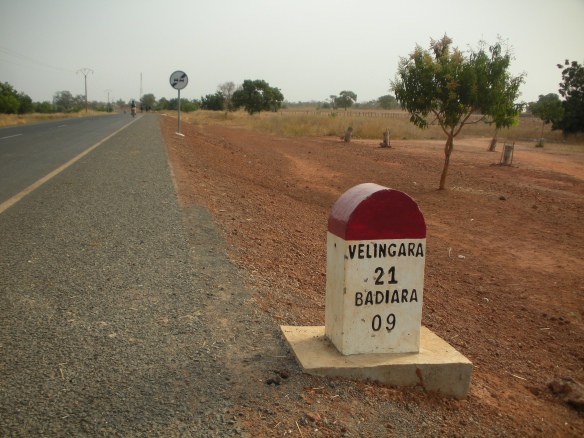WARNING: In this post, I will shamelessly ask for donations!
This summer, I’m working with 9 local organizations in my community to place 10 students, 5 girls and 5 boys, in internships during their summer vacation. These internships will be in the fields of business, hospitality, health, agriculture, communication, education, and development.
Through this 5-week program, students will gain knowledge in their desired field as well as a better understanding of the educational path they must follow to achieve the career they want.
Although most high school students receive an excellent education in Senegal, many lack knowledge about possible careers following graduation. Most students are aware of jobs as teachers and doctors, but don’t know about the plethora of opportunities available with governmental offices, small businesses, and nongovernmental organizations.
Through the ‘Leaders of the Future Internship Program,’ students will gain experience in relevant fields while networking with community leaders. As students either return to high school or continue in higher education, they will have a better understanding of the type of career they desire.
But why do you care about high school students in Vélingara, Senegal?
You probably don’t. You might care about me. You might even care about the general welfare of people in Africa. But, really, the only thing you have to gain from donating to this project is a good feeling.
But that’s not entirely true.
With a student population of about 2,000, over 25 of the top pupils at the high school applied for internships. After oral interviews, 10 were selected as interns.
And these interns have names: Ablaye, Anta, Lamine, Fatou, Mamadou, Dienabou, Oumar, Mariama, Simon, and Bintu.
After conducting interviews with all of these students, I truly believe these are the next leaders of Senegal. These will be the men and women with visions of vibrant local economies working alongside international development organizations to continue to better their country long after I’ve returned to America.
I’m not saying the next president is among them, though he or she might be, but these students are motivated, determined, and strong nevertheless.
You should care about them because they will make Senegal better. And, as Senegal becomes better, so will you. The world is connected through the global economy, no country is isolated from another, and people are forever bonded to each other.
With your help, we can make Senegal a stronger member of our world.
Already, the community has contributed over half of the total amount for this project. But now we need your help. Costs include meals for students and facilitators during trainings, a stipend for the interns after they complete the 5-week program, and printing expenses.
Now, can you help me raise the remaining $677.50?
Click here to donate!

